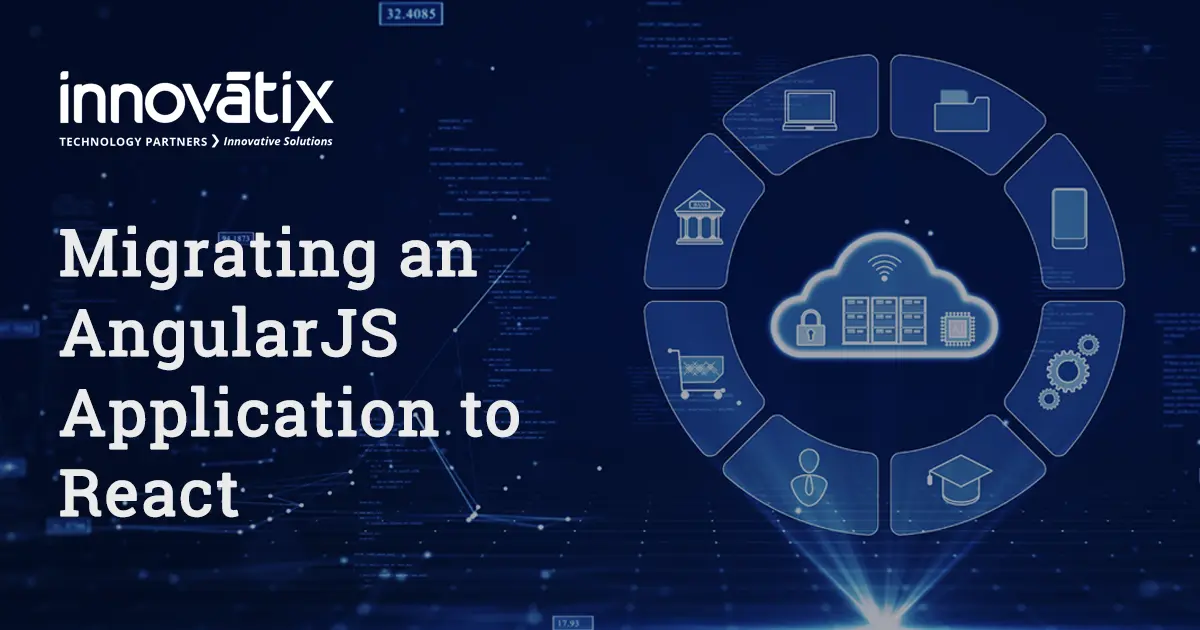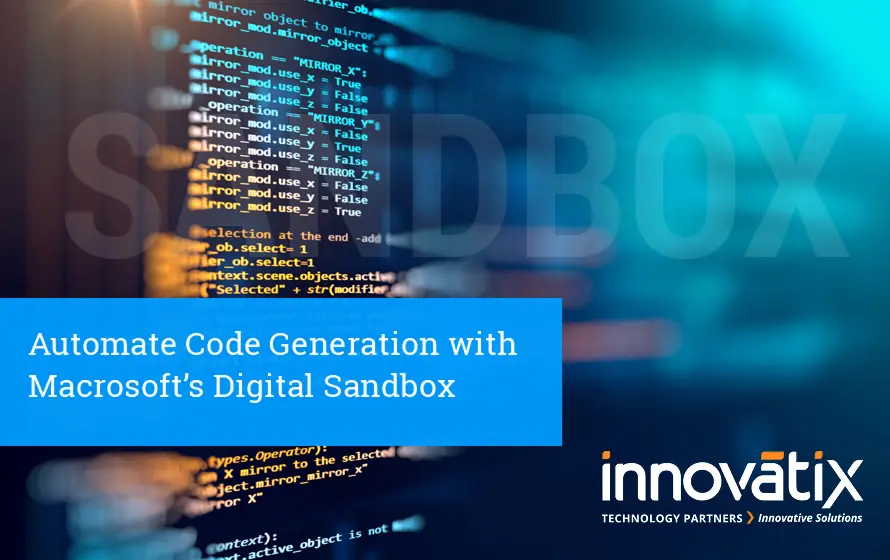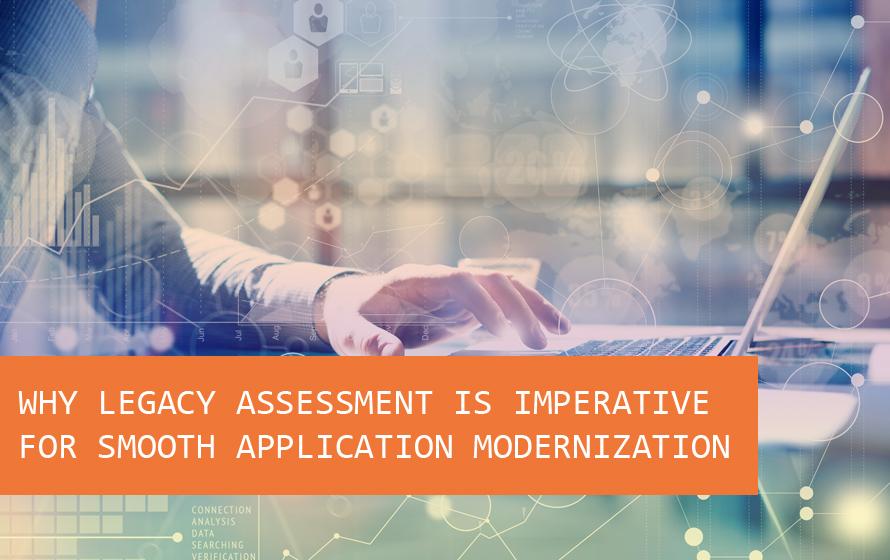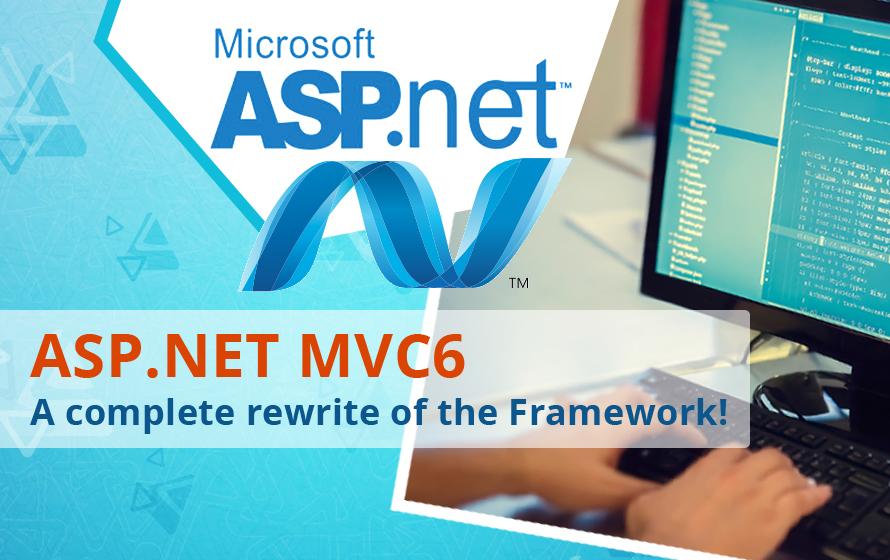The time really has come to virtualize your VFP application. We are not talking about migration or conversion or bringing in a 3rd party tool to replace it. Rather, we suggest virtualizing it and giving your perfectly fine-tuned VFP application additional years of very productive life, within a much more modern setting and UI. This may well be your best option! Read this paper – we will go through all the major issues to keep in mind in considering such a process, and along the way, you may find it is indeed your best option. The benefits are considerable, and the downsides are very limited, as we describe in detail in this paper. It is definitely a low cost and secure option both upfront and on a continuing basis. We also provide a how-to-do guide for virtualizing a VFP application using one of the best cloud services out there – AWS AppStream 2.0. To start off we describe what we mean by application virtualization, showing different examples of virtual environments. Clearly, the overall virtualization market is booming (even more so since the onset of the C-19 pandemic), and we show some industry statistics that confirm that. The market is growing rapidly because most industry players now recognize the significant benefits of application and desktop virtualization, and as the major players continue to improve their cloud environments, we expect benefits will only grow. There are a number of prominent applications and desktop virtualization services available including: Amazon’s AppStream 2.0 and Workspace; Azure’s RemoteApp and Windows Virtual Desktop; Cybelesoft’s Thinfinity Virtual UI; and FoxinCloud as well as other available services. With specific focus on VFP apps., we show the pros and cons of each of these options. In considering virtualizing a VFP application, there are several major issues you need to consider and address. We discuss these, along with describing a long list of the common issues involved in setting up a virtual VFP application. The final section provides a guide to VFP virtualization for the specific use case of AWS AppStream 2.0. We provide a step-by-step guide to application setup, including the important process steps of QA, application file sharing and database mapping, and printer and backup services. If you have not already done so, now may be the time to virtualize your VFP application! Why Application Virtualization / Environment Today COVID-19 is forcing organizations to move their local desktop application(s) to cloud/virtual servers at an accelerating rate. The imperative often heard is “Virtualization is a Necessity”. It helps businesses with scalability, security and management of their applications and global IT infrastructure, and in addition businesses save significant costs by consolidating their infrastructure needs, both currently and more importantly in the future. What is Virtualization? Before discussing the different categories of virtualization in detail, it is useful to define the term in the general sense. Wikipedia uses the following definition: “In computing, virtualization is a broad term that refers to the abstraction of computer resources. Virtualization hides the physical characteristics of computing resources from users, be they applications, or end users. This includes making a single physical resource (such as a server, an operating system, an application, or storage device) appear to function as multiple virtual resources; it can also include making multiple physical resources (such as storage devices or servers) appear as a single virtual resource…” Types of Virtualization Below we distinguish 6 different types of virtualization and provide short summaries about each. Server virtualizations, also called hypervisors, are classified as one of two types: Virtualization is not only a server domain technology. It is being put to a number of uses on the client side at both the desktop and application levels. Such virtualization can be broken out into four categories: The benefits of desktop virtualization include: Network virtualization is similar to server virtualization, except instead of a single server, in this case we are encompassing an entire network of computing elements. In general, benefits of network virtualization include: Implementation of Storage Virtualization includes several different technology options: Host-Based with Special Device Drivers; Array Controllers; Network Switches; Stand Alone Network Appliances. The general benefits of storage virtualization include: Implementations of service/application virtualization include the following 3 options: Here the benefits are analogous to those shown earlier under desktop and application virtualization, namely: high availability and optimized resource utilization. In summary, it should now be apparent that virtualization is no longer just a server-based concept. The technique can be applied across a broad range of computing options including virtualization of entire machines on both the server and desktop side; applications as well as desktops; storage components; whole networks; and even application infrastructure in its entirety. Moreover, virtualization technology is continuing to evolve and get better in many different and important ways, so the impetus to virtualize will only make more sense as time goes on. 2020 State of Virtualization Technology The market adoption of virtualization continues to increase across a diverse range of markets and industries. In particular, there is an accelerating adoption rate by those industry segments that have yet to embrace virtualization. The recent entry of Microsoft into the bare-metal hypervisor space with Hyper-V is a sign of the technology’s overall maturity. The current state of company utilization of each of the different types of virtualization is shown in the bar-chart below, along with projections of increased utilization over the next 2 years.[1] Not unexpectedly, the server virtualization adoption rate among corporations is nearly 100%, while for application virtualization, the current adoption rate is 39% and expected to increase markedly (43%) over the next two years to 56%. The adoption rates for all 6 types of virtualizations shown below are averages over both enterprises and small businesses. For application virtualization and desktop virtualization there are significant differences in utilization rates between these two sectors. As shown in the chart, average application virtualization adoption is expected to grow from 39% today to 56%, while average desktop virtualization goes from 32% today to 44%. For enterprises, adoption rates are significantly higher. Enterprise









